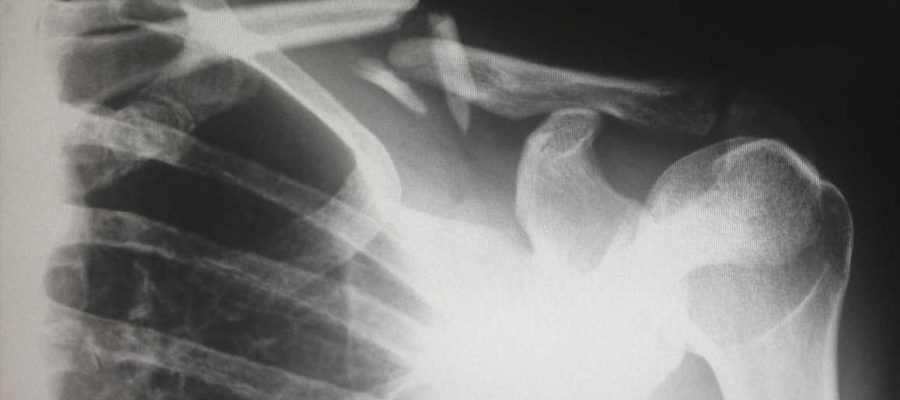
Patients treated by surgeons who average over 10 shoulder replacements a year have a lower risk of reoperation and serious complications, and a shorter hospital stay than those treated by surgeons who do fewer operations, finds a study published by The BMJ today.
These findings build on similar evidence for hip and knee replacements and should help guide future resource planning in this area, say the researchers.
Shoulder replacements are becoming increasingly common globally, particularly in high income countries as populations continue to age. In the UK alone, more than 8,000 shoulder replacements are carried out each year.
Previous studies of hip and knee replacement surgery show that patients treated by “high volume” surgeons experience better outcomes than patients of lower volume surgeons. This has prompted some providers to introduce minimum volume thresholds for surgeons to improve patient outcomes, but evidence for other types of joint replacement surgery is more limited.
To fill this knowledge gap, a team of UK researchers set out to explore the association between surgeon volume and outcomes after non-urgent (elective) shoulder replacement surgery.
Their findings are based on data from the National Joint Registry and Hospital Episode Statistics in England for 39,281 elective shoulder replacements performed by 638 consultant surgeons at 416 public and private hospitals from 2012 to 2020.
Statistical models were used to investigate the effect of annual surgeon volume on revision, reoperation within 12 months, serious adverse events at 30 and 90 days, and prolonged hospital stay (more than 3 nights). All participants were aged 18 or over and were receiving shoulder replacement surgery for the first time.
After adjusting for a range of potentially influential factors, the researchers identified a mean annual volume threshold of 10.4 procedures, below which there was a significantly increased risk of revision surgery.
For example, patients treated by surgeons who performed at least 10.4 procedures a year showed a 45% lower risk of revision surgery than those treated by surgeons who performed fewer than this.
Patients treated by higher volume surgeons also showed a 53% lower risk of reoperation, a reduction in serious adverse events (40% at 30 days and 37% at 90 days), and a 62% reduction in the risk of a prolonged hospital stay, although no minimum case volume threshold was identified for these outcomes.
Annual variations in case volume did not affect patient outcomes, suggesting that a surgeon’s average annual volume of procedures over the course of their career is more important for better patient outcomes than variation in annual procedure volumes.
These are observational findings and the researchers note that their models may be a simplification of real life practice and they can’t rule out the possibility that other unmeasured factors may have affected their results.
But they say the data used represent all the main types of shoulder replacement procedures, patients of different age, ethnicity, and socioeconomic groups, providing a complete picture of shoulder replacement activity across a national healthcare system.
“Improving outcomes and reducing complications after joint replacement surgery is of clear benefit to patients and their families,” they write, but say these results “also provide timely evidence for healthcare systems that are overburdened, under-resourced, and in need of recovery planning post pandemic.”
They conclude, “This study offers evidence for local hospitals and national healthcare services that informs workforce and resource planning to ensure the best outcomes for patients undergoing shoulder replacement surgery.”
In a linked editorial, researchers say this study is a useful addition to current knowledge of the association between surgeon volume and patient outcomes, but argue that the association between surgeons and patient outcomes is a complex one that can be difficult to evaluate scientifically.
They point out that registry data do not reliably capture patient reported outcomes, such as quality of life or functional and well-being measures, and often report only revision rates or major adverse outcomes. As such, they conclude, “Registry data need to be interpreted carefully at surgeon, hospital, and national level, as currently available outcome measures may not tell the whole story.”
More information:
Association between surgeon volume and patient outcomes after elective shoulder replacement surgery: population based cohort study, The BMJ (2023). DOI: 10.1136/bmj-2023-075355
Journal information:
British Medical Journal (BMJ)
Source: Read Full Article
